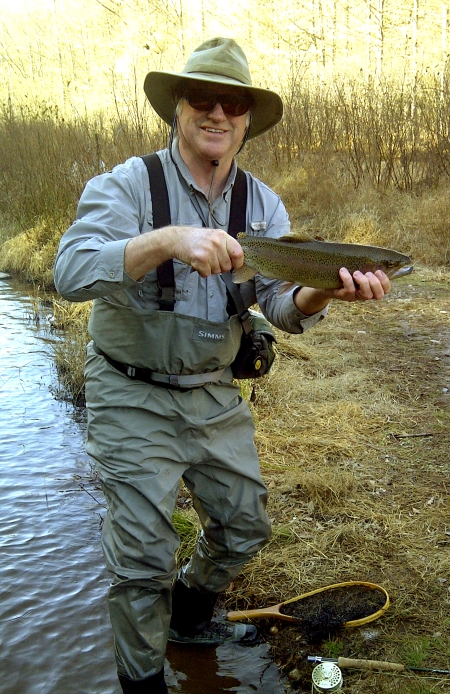
Sunday Morning Sketches

Photo of Fort Worth Flatiron Sunday Morning
People often express the idea that they are most themselves when they are alone; and creative artists especially may believe that it is the ivory tower of the solitary expression of their art that their innermost being finds its completion. They forget that art is communication, and that, implicitly or explicitly, the work which they produce in solitude is aimed at somebody.
Anthony Storr, The Integrity of the Personality
What a Sunday it has been, and I’m just barely past noon. Having retired to bed around 2 a.m., I thought I would sleep the best part of this day away. But shortly after 7:00, I awoke, and by 8:15 decided it was prime time to pack my art bag and hit the road. The sun was bright, the temperatures had reached 57 degrees, and I felt the call of downtown Fort Worth. My response was not without reward. As it turned out, the 17 mph winds turned Houston Street into a frigid wind tunnel, the skyscrapers channeling those north winds through the shadowed streets, ripping away at my hat and jacket. Still, the sight before me was unbelievable, and I managed to carve out charcoal sketches of the 1907 Flatiron building situated on Houston @ W. 9th Street. Climbing back into my Jeep to get warm again (the Startuck’s Coffee wasn’t doing the job), I drove around the block, and came across Saint Andrews Episcopal Church on W. 10th Street @ Lamar. Sitting on the curb, I charcoal-sketched the north portal of that 1910 building as well. The separation of winter sun and shadows was stirring me up. I took a few reference photos, and started back to the house, but quickly decided to pass a little time at a Barnes & Noble Store and perhaps get more coffee. No such luck–the stores in Sundance Square and at University Park have both closed. I was unspeakably saddened by this–since 1995, both stores had filled my life with warm memories, provided sanctuary for journaling, sketching, reading, musing–and now both have passed away. I feel like two of my art studios have been closed down.
I stopped my sketching long enough to spend time in Anthony Storr’s book Solitude, and came across the above citation from one of his earlier books. I’m never sure how to respond to this notion of the creative process and how much of it depends on solitude, how much depends on relating to other people. I never seem to have a clear-cut answer to this, because my own art work seems to happen in solitude as well as public. Yesterday, for example, I was covered up with people the entire day and it was imp0ssible to create art. But my mind never left what I was wanting to do, and I did manage to scratch out some sketches between social events, and then late last night. This morning, I set out for the task, expecting to interact with no one at all. But by the time I had traveled to Fort Worth, sketched, travelled home and sketched some more, I was tagged by a number of people, through phone calls, texts, emails, blog responses, Facebook–so I cannot honestly say that I worked exclusively in solitude today. I understand the artistic sentiment that one has to be alone to create. But frankly, I have no problems finding “alone” time, and of course I manage to get a great deal of art accomplished in those “alone” times. But still, when I get covered up with people all week in school and occasionally on those weekends that come with their own set of social demands, I still manage to get things done. Perhaps it just depends on where the mind is, where the sentiment lies. At any rate, this day is barely underway, and already it has been quite fruitful in the studios, indoor and out.
Thanks for reading.
I paint in order to remember.
I journal when I feel alone.
I blog to remind myself that I am not alone.


















